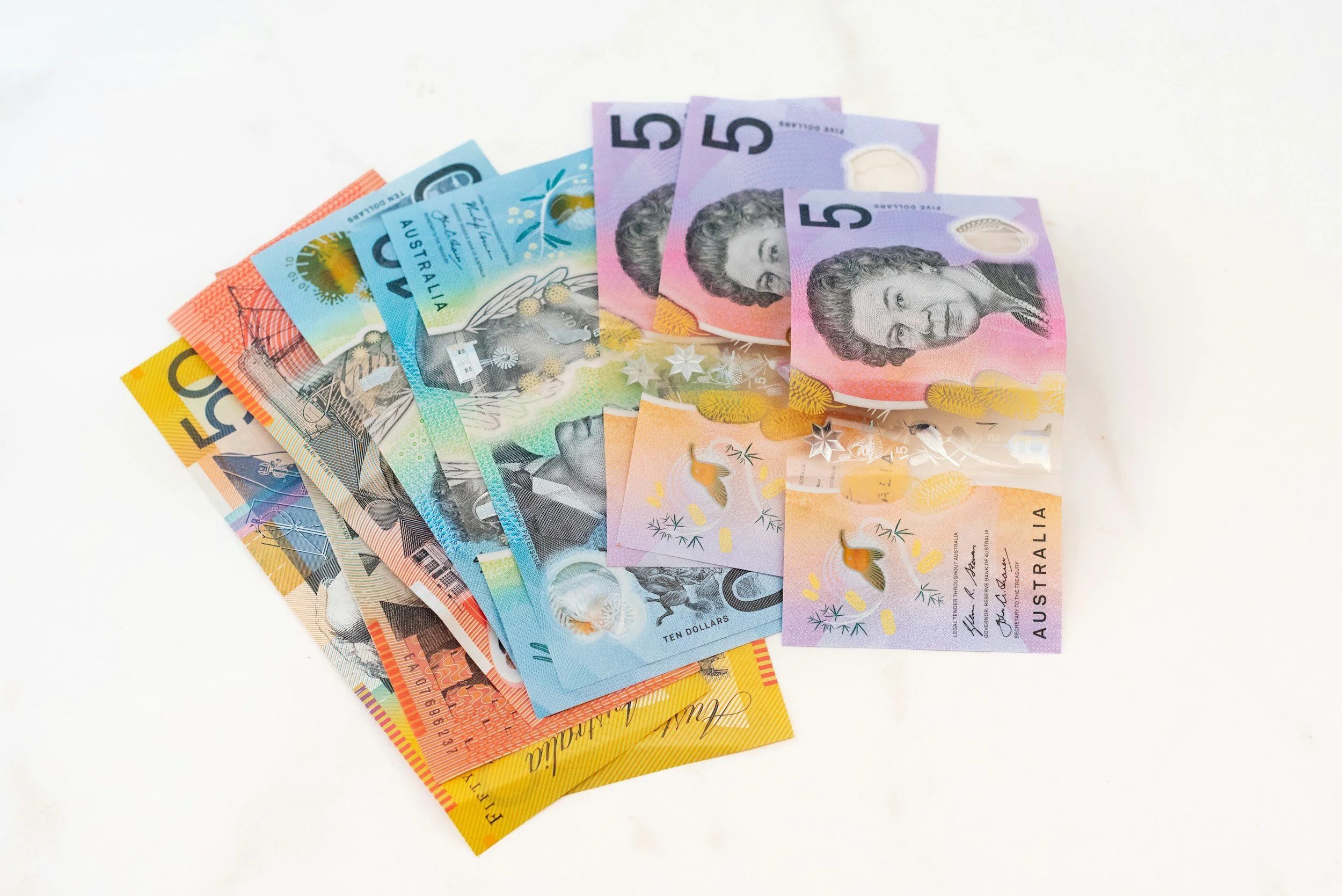Sometimes it can be, but only in limited circumstances.
The tax deductibility of expenditure on clothing is subject to strict ATO guidelines. These cover occupation-specific clothing, compulsory or registered non-compulsory uniforms and protective items.





















